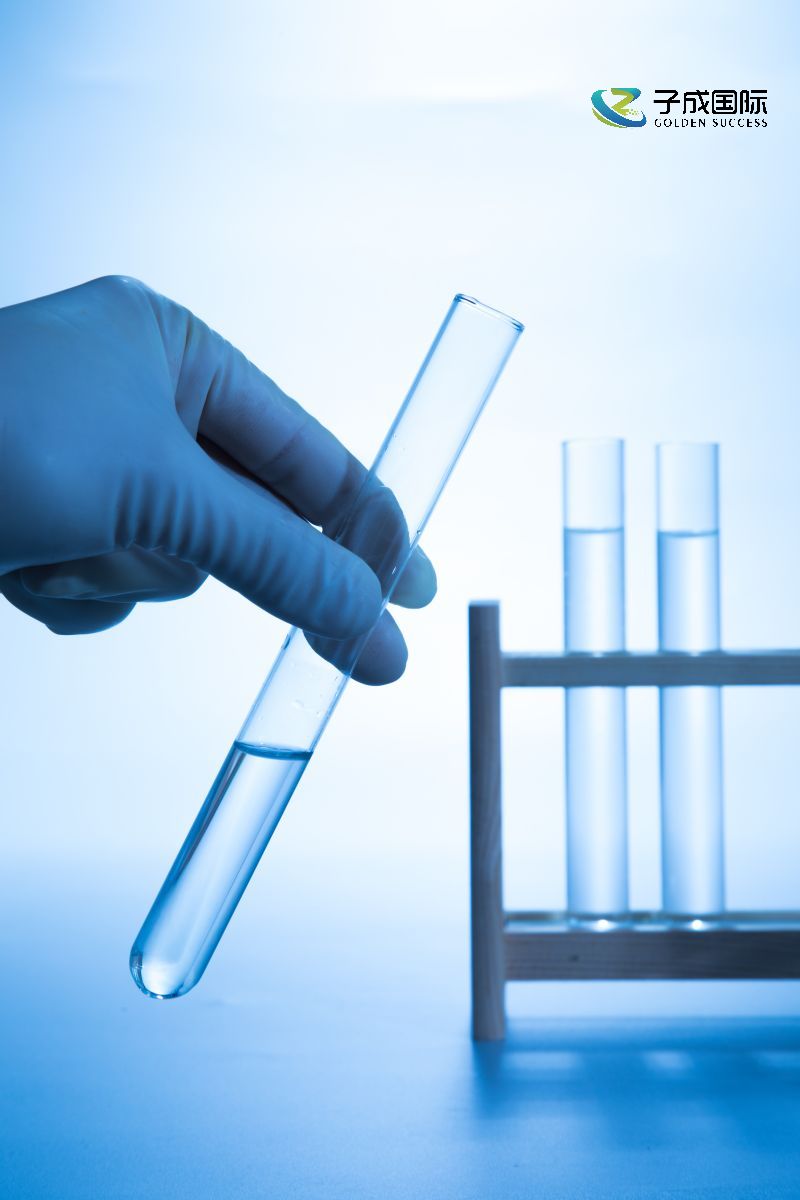Wetting agents, as an important type of surfactant, play a crucial role in multiple industrial fields. They improve production efficiency and optimize product quality by reducing the surface tension of liquids, promoting their spreading and penetration on solid surfaces. The following are selected cases of wetting agent applications in multiple industries, from textiles to coatings.

The application of wetting agents is crucial in the textile printing and dyeing industry. They can ensure that dyes or additives penetrate evenly into the fibers, improving dyeing efficiency and color uniformity. For example, in the pre-treatment process of cotton fabrics, the use of environmentally friendly wetting agents can effectively remove oil and impurities on the surface of the fabric, laying a good foundation for subsequent dyeing and printing processes. At the same time, adding an appropriate amount of wetting agent to the printing paste can also improve the clarity and adhesion of the printed pattern.
In the paint industry, the application of wetting agents is also indispensable. They can improve the leveling, permeability, and wetting properties of coatings, forming a uniform and smooth coating on the substrate surface. For example, in water-based coatings, wetting agents can reduce the surface tension of water, allowing the coating to better wet the substrate and reduce the occurrence of defects such as pinholes and shrinkage cavities. In addition, in paint production, wetting agents can help pigments and fillers to be evenly dispersed in solvents, improving the covering power and durability of the paint.
In the field of ceramic building materials, wetting agents play an important role in the preparation, molding, and glaze coating of ceramic slurry. By reducing the viscosity of the mud and improving its flowability, wetting agents can better mix ceramic raw materials evenly and facilitate molding operations. At the same time, during the glaze coating process, wetting agents can ensure that the glaze is evenly spread on the ceramic surface, improving the glossiness and wear resistance of the glaze surface.
In the pesticide and fertilizer industry, the application of wetting agents can improve the adhesion and permeability of pesticides or fertilizers on crop surfaces, thereby enhancing their efficacy or fertilizer efficiency. For example, when fertilizing leaves, using a fertilizer solution containing wetting agents can ensure that the fertilizer adheres evenly to the surface of the leaves, reduce loss, and improve fertilizer utilization efficiency. Similarly, during pesticide spraying, wetting agents can better penetrate into plant tissues, enhancing the effectiveness of prevention and control.
Wetting agents are also widely used in the automotive industry. In the automotive painting process, wetting agents can improve the wetting and leveling properties of coatings, ensuring smooth and defect free coatings. Meanwhile, in the cleaning process of automotive parts, using cleaning agents containing wetting agents can more effectively remove oil stains, rust stains, and other dirt, improving cleaning efficiency and cleanliness.
In the electronics industry, wetting agents are mainly used for cleaning and surface treatment of electronic components. For example, in the semiconductor manufacturing process, the use of specific wetting agents can remove residues on the wafer surface, ensuring the cleanliness and performance of the device. In addition, during the soldering and packaging process of electronic components, wetting agents also help improve the wetting and flowability of solder, ensuring the quality of soldering.
In the medical field, the application of wetting agents is mainly reflected in the cleaning and disinfection of medical devices and the delivery system of drugs. For example, in the cleaning process of surgical instruments, using cleaning agents containing wetting agents can more effectively remove pollutants such as blood stains and tissue fragments, reducing the risk of cross infection. At the same time, in drug delivery systems such as nebulizers, inhalers, etc., wetting agents can improve the solubility and dispersibility of drugs, enhance drug absorption and therapeutic efficacy.
In summary, wetting agents are widely used in various industries such as textiles, coatings, ceramic building materials, pesticides and fertilizers, automobiles, electronics, and healthcare. With the advancement of technology and the increasing demand for environmental protection, the wetting agent industry will continue to develop towards high-performance and environmentally friendly directions in the future, contributing to the sustainable development of various industries.

 English
English
 Chinese
Chinese Vietnamese
Vietnamese
 HOME
HOME
 PRODUCT
PRODUCT
 NEWS
NEWS
 CONTACT
CONTACT


